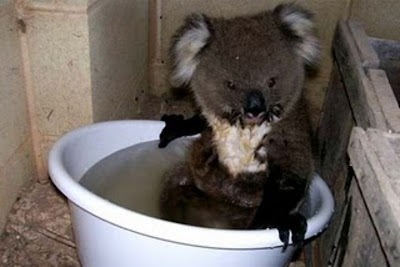Description
Duck is the common name for a number of species in the Anatidae family of birds. The ducks are divided between several subfamilies in the Anatidae family; they do not represent a monophyletic group but a form taxon, since swans and geese are not considered ducks. Ducks are mostly aquatic birds, mostly smaller than the swans and geese, and may be found in both fresh water and sea water.
Ducks are sometimes confused with several types of unrelated water birds with similar forms, such as loons or divers, grebes, gallinules, and coots.
 Just stay still, kids, or you will fall.
Just stay still, kids, or you will fall.
Swans, genus Cygnus, are birds of the family Anatidae, which also includes geese and ducks. Swans are grouped with the closely related geese in the subfamily Anserinae where they form the tribe Cygnini. Sometimes, they are considered a distinct subfamily, Cygninae. There are six to seven species of swan in the genus Cygnus; in addition there is another species known as the Coscoroba Swan, although this species is no longer considered related to the true swans. Swans usually mate for life, though 'divorce' does sometimes occur, particularly following nesting failure. The number of eggs in each clutch ranges from three to eight.
 Dating Time
Dating Time
 Help! Help! Help! I am not guilty.
Help! Help! Help! I am not guilty.
 Marching Time
Marching Time
The chicken (Gallus gallus domesticus) is a domesticated fowl, a subspecies of the Red Junglefowl. As one of the most common and widespread domestic animals, and with a population of more than 24 billion in 2003, there are more chickens in the world than any other species of bird. Humans keep chickens primarily as a source of food, consuming both their meat and their eggs.
Recent evidence suggests that domestication of the chicken was already under way in Thailand, Vietnam and the South East Asian jungles over 10,000 years ago, and spread into neighboring regions to the east such as China, and towards the west in India where it was conventionally thought to have been domesticated. From India the domesticated fowl made its way to the Persianized kingdom of Lydia in western Asia Minor, and domestic fowl were imported to Greece by the fifth century BC. Fowl had been known in Egypt since the 18th Dynasty, with the "bird that lays every day" having come to Egypt from the land between Syria and Shinar, Babylonia, according to the annals of Tutmose III.
 From the deepest of my heart I solute you.
From the deepest of my heart I solute you.
 A bird wants to drink.
A bird wants to drink.











































